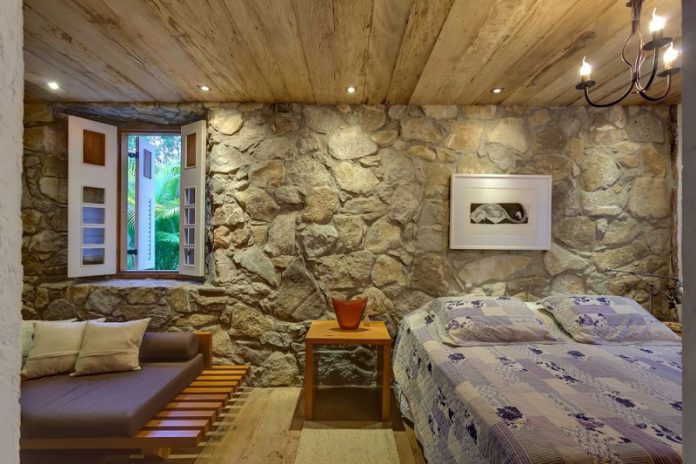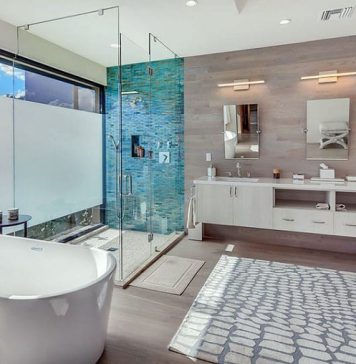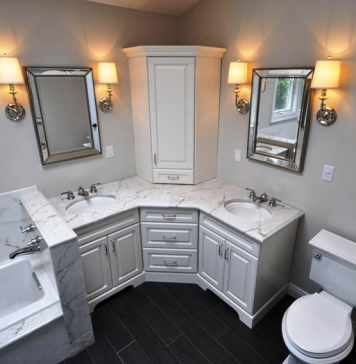Exproperti.com – The National Buildings Survey has a large test wall to investigate the effects of weathering on stone. This wall is a unique collection of 2352 different samples representing over thirty different types of stones. There are also many varieties of common building stones from around the world. These data provide a comparative study of the durability of different building materials. For example, granite wallstones are more durable than other types of stone. However, the test wall is still under construction, but is already an important resource for the construction industry.
The Construction of Stone Walls
The construction of stone walls involves several stages, including the preparation and installation of the stones. Once the stones have been cut and placed in place, you should hammer them lightly. A few pieces of metal clamp reinforcement can link two separate walls. You may also use a wheelbarrow to move stones that are too big to fit into the wall’s foundation. Moreover, a crowbar is useful for moving stones. All these steps will give your stone wall a beautiful, natural appearance.
Compared to concrete or brick walls, stone wall systems require little maintenance. Usually, maintenance includes replacing the sealant in joints. This may occur every seven to 20 years, depending on the type of sealant used. Thin stone veneers may require periodic inspection for structural distress. This can be due to strength loss in the chosen marbles or accumulated stresses at the anchor points. The National Building Granite Quarries Association recommends a safety factor of three for stresses in the granite panel, which offsets the high percentage of glass in the building.
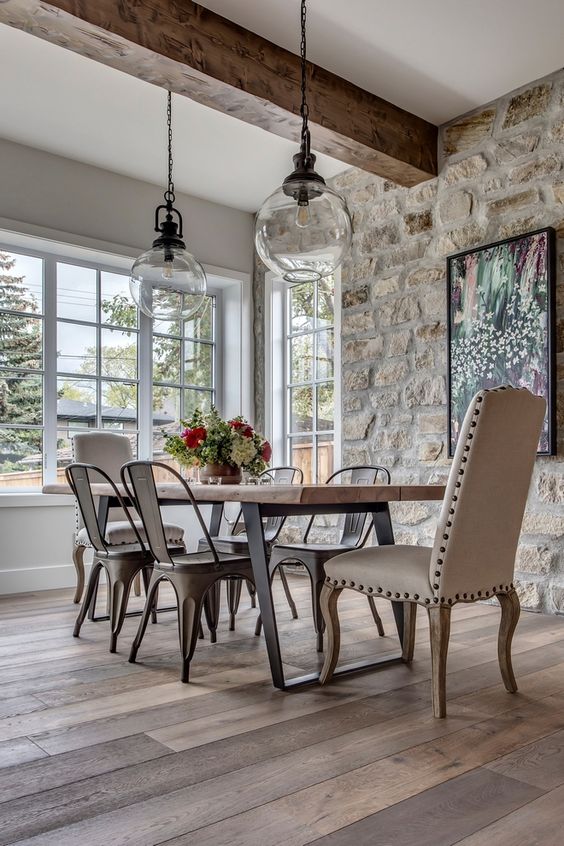
When you build stone walls, choose materials that are able to withstand weather. Choose a material that will not only look great but also stand up to New England weather. American Granite is a great choice for a stone wall because it has medium to coarse grain and is weathered. It is a natural brown color, with garnet inclusions and mica flecks. Additionally, granite also contains quartz crystals. You can choose from two distinct varieties of stone.
Type of Stone Wall
The type of stone you choose will determine the overall look and functionality of your wall. You can choose a wall that serves a functional purpose such as a retaining wall, or one that is purely decorative. The images below are of stone walls in various locations. Click on them to view a slideshow of different stone walls. This way, you can compare their looks side by side. Granite stone walls are extremely durable and last for many years.
If you want to build a squared wall, try hammered granite. This type of granite is split into 100-150mm blocks. These blocks can be shaped into a square or other shape. Enys Road, Wiltshire, featured 100mm Portuguese granite. The same type of stone is used in Center Parcs Longleat in Wiltshire. This type of stone is good for thick walls with a narrow bed depth.
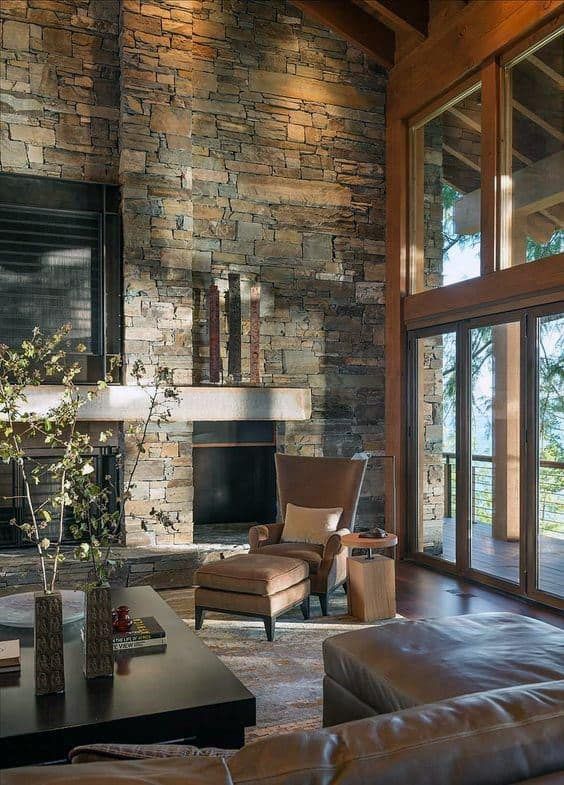
Aside from being durable, granite stone is also highly decorative. A well-placed granite slab can make a dramatic difference in many different settings. Not only is granite stone attractive to the eye, but it is also one of the strongest interior walls. Granite slabs are scratch-resistant, stain-resistant, and water-resistant. A perfect choice for walls in a bathroom, granite slabs are a great choice in this setting. Using full-sized granite slabs will also eliminate the problem of moistened walls.
Tips for Choosing a Wall Design
Choosing between mortared and dry-laid walls depends on what you are looking for. Both types require a footing. Mortared stone walls are easier to construct, but the process is a little longer. Choosing the right stone type will depend on your preferences and budget. You can use stones left over from construction sites, stone yards, or discount online retailers. You can also salvage stones from demolition sites to build a wall.
In addition to decorative benefits, stone walls can be used as a retaining wall. Freestanding walls are two-sided and can mark the boundaries of properties. Retaining stone walls, on the other hand, are designed to hold back an embankment. They are built differently and tilt backward toward the embankment. In this type of wall, perpendicular stones are used to tie the stones into the embankment.
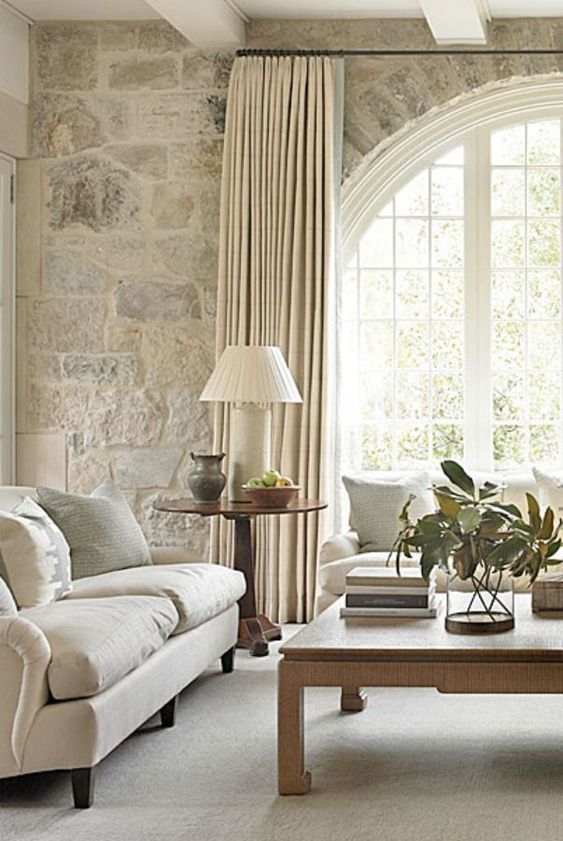
Decorative wall stones like Weathered Fieldstone can transform the front of a home. Decorative walls like Weathered Mountain Stone can blend with the surrounding wooded area and serve as an additional feature. Another useful stone wall is a Saratoga granite regular wallstone. Then, you can complete the look of the stone wall with a pillar with a bluestone address plaque. Curbing and edging guides are also available for inspiration. We are happy to receive guest post submissions from you.

